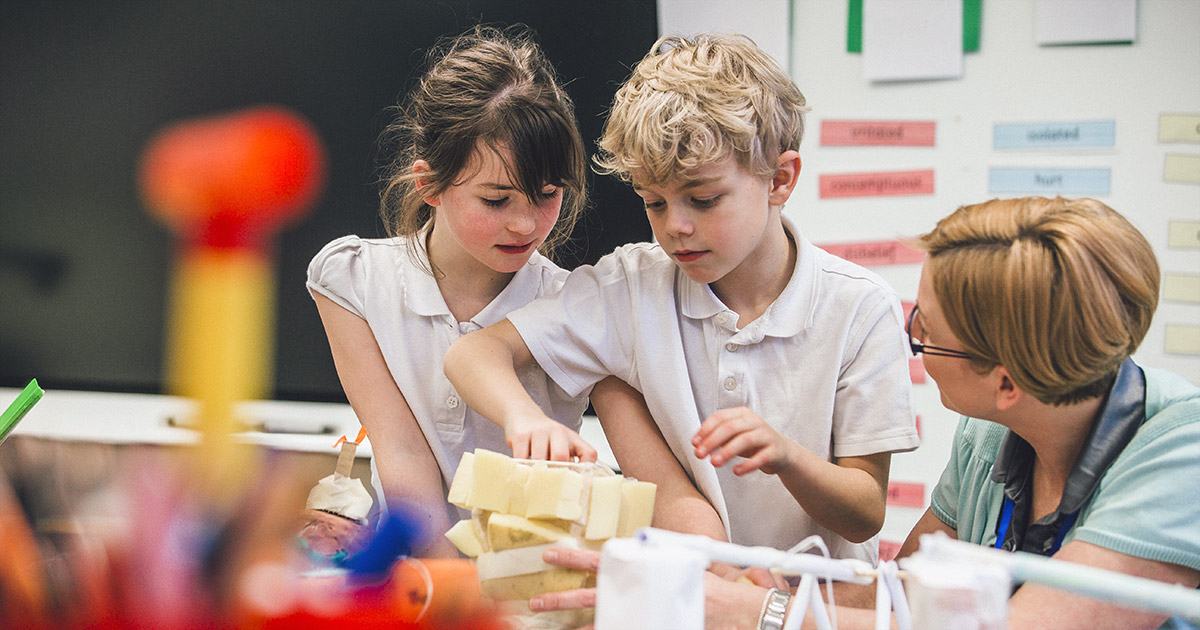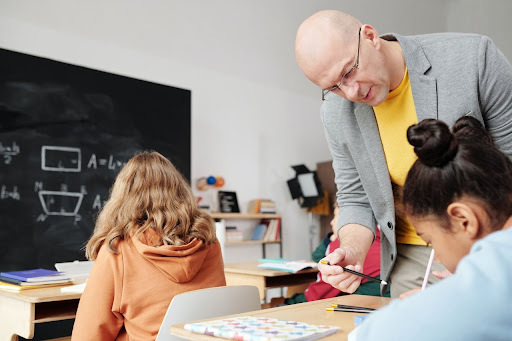How Watching Movies Boosts Children’s Imagination: A Parent’s Guide to Creative Growth

The Magic of Movies: How Watching Films Enhances Children’s Imagination Skills
In a world increasingly dominated by screens and digital content, parents and educators often debate the impact of movies on children’s development. While concerns about excessive screen time are valid, there is another side to the story—one that celebrates the enormous potential of movies to fuel children’s imagination and creativity. When approached thoughtfully, watching movies can be a powerful catalyst for developing young minds, helping children expand their understanding of the world, dream bigger, and cultivate creativity that will serve them for life.

Movies as Gateways to New Worlds
From the vibrant jungles of animated classics to the futuristic cities of science fiction epics, movies have the unique ability to transport children to places beyond their everyday experiences. These immersive worlds introduce kids to cultures, eras, and environments they might never otherwise encounter.
When a child watches a movie set in ancient Egypt or aboard a spaceship traveling to distant galaxies, they are not just passively absorbing information. Their minds actively work to make sense of these unfamiliar settings, imagining themselves in new roles and scenarios. This process naturally stretches their creative faculties, encouraging flexible thinking and enhancing their ability to visualize abstract concepts.
Storytelling and Narrative Understanding
Movies are fundamentally about storytelling, and storytelling is the bedrock of imagination. Through exposure to various narratives, children learn about plot structure, character development, conflict resolution, and emotional nuance.
This understanding doesn’t just make them better at telling stories themselves; it also fosters an ability to think critically about situations, understand cause and effect, and predict possible outcomes. A child who enjoys movies where characters face complex challenges will often start creating their own stories, complete with protagonists, antagonists, and rich worlds—all signs of a vivid imagination at work.
Furthermore, narrative-based imagination helps children develop empathy. By putting themselves in the shoes of diverse characters, kids begin to understand different perspectives, a critical skill not only for creative thinking but for emotional intelligence and social success.

Visual Stimulation and Creativity
Movies, particularly animated films and visually rich live-action stories, offer stunning visual experiences that can inspire children to think beyond the ordinary. Unlike the real world, where rules of physics and logic apply rigidly, movies often depict fantastical events—a car that flies, a rabbit that talks, a boy who befriends a dragon.
Exposure to such visual wonder encourages kids to challenge assumptions about what is possible. They learn that reality is only one framework and that within the realm of imagination, the sky isn’t even the limit. After watching such movies, children are often inspired to draw, paint, write, or role-play stories of their own, directly expanding their creative outputs.
Language Development and Expressive Skills
Watching movies also significantly boosts a child’s language and communication skills. Exposure to different types of dialogue, accents, idiomatic expressions, and storytelling styles equips children with a broader vocabulary and an understanding of linguistic nuance.

Moreover, children inspired by movies often engage in pretend play where they recreate scenes, invent dialogues, or devise sequels to the movies they’ve seen. This active engagement with language—both verbal and non-verbal—is a crucial component of imaginative development. It allows them to articulate their inner thoughts and worlds more effectively, enhancing both creative and cognitive growth.
Emotional Exploration and Problem-Solving
Movies often deal with a wide range of emotions—joy, sadness, fear, triumph, betrayal, and hope. When children watch characters navigate these feelings, they are offered safe spaces to explore complex emotions themselves.
For instance, watching a character overcome adversity can inspire a child to imagine how they might tackle difficult situations in their own life. It nurtures resilience and problem-solving abilities. Imagining different solutions to challenges portrayed in films can help children think more creatively about their real-world problems, encouraging out-of-the-box thinking.
Additionally, emotionally complex films teach children that it’s okay to experience and express feelings, thus enhancing their emotional literacy—a key foundation for creative self-expression.
Inspiration for Play and Role-Playing
After watching an exciting film, it’s not uncommon for children to dive into hours of imaginative play, re-enacting favorite scenes, inventing new adventures, or creating costumes and props. This kind of imaginative play is essential for developing creativity.
Role-playing helps children experiment with identities, social roles, and relationships. It pushes them to create new narratives, test boundaries, and even build leadership and teamwork skills when playing with others. Movies provide a rich source of characters, settings, and scenarios that children can adapt and expand upon in their own creative ways.

Stimulating Curiosity and a Lifelong Love of Learning
Movies can spark a sense of wonder that inspires children to explore topics further on their own. A movie about dinosaurs may lead to an intense interest in paleontology. A movie set during the Renaissance might encourage curiosity about history or art.
This cascading effect—where initial entertainment transforms into active learning and self-driven research—is a hallmark of a flourishing imagination. When children are curious, they are motivated to imagine possibilities, ask questions, and seek knowledge. These habits not only fuel creative thinking but also support academic success and lifelong learning.
Balance and Mindful Watching
Of course, not all movies are created equal, and moderation is crucial. Passive binge-watching can be detrimental, just as mindlessly consuming junk content can dull rather than sharpen imagination. Therefore, it’s important for parents and caregivers to guide children’s viewing choices.
Choosing films that are rich in story, visually imaginative, and emotionally resonant ensures that movie time is not wasted time but becomes a nurturing experience for a child’s creative mind. Watching movies together and discussing them afterward can deepen the experience, helping children to reflect critically and imaginatively on what they’ve seen.
Conclusion: Embracing Movies as Tools for Imagination
Movies have the potential to be powerful allies in a child’s imaginative development. Far from being mere distractions, the right films can open doorways to endless creative possibilities. They stimulate visual imagination, enhance narrative understanding, bolster language skills, promote emotional literacy, and inspire curiosity.
When used thoughtfully, movies are not a hindrance to creativity but a rich resource that can help children dream bigger, think deeper, and imagine a world beyond the one they know. In a future that will demand innovation and flexible thinking more than ever, nurturing a child’s imagination through diverse mediums—including cinema—is not just beneficial; it’s essential.
